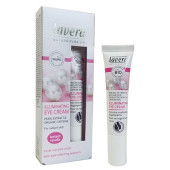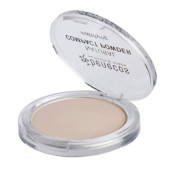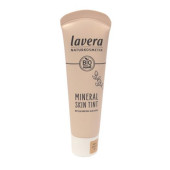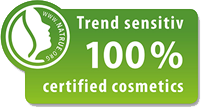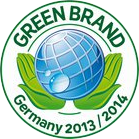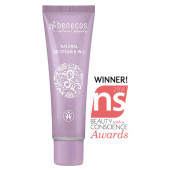Safe Sun Exposure
According to the Environmental Working Group more than a million cases of skin cancer are diagnosed in the US each year. And malignant melanoma is on the rise.
This is due in large part to ineffective sunscreen products. Higher SPFs may tempt people to stay out in the sun longer, believing that they are protected. But these products often do little to protect from harmful UVA rays and offer no more protection than that of a product with lower SPF.
Ultraviolet (UV) rays emitted by the sun deliver ionizing radiation which cause chemical reactions in our bodies. The two types of rays that reach the earth are UVA and UVB. The third type of UV ray emitted by the sun is UVC. These rays are highly hazardous, but are completely absorbed by the ozone layer and never reach the earth.
Synthetic Sunscreens
Scientific studies by Switzerland’s of Pharmacology and Toxicology conducted in 2001 prove chemical sunscreens have detrimental consequences. Chemical compounds in sunscreens can accumulate in body fats and in mother’s breast milk. These chemicals mimic estrogen and can cause hormonal changes within the body such as increasing the size of the uterus...
Self Tanners
Avoid Sun Damage and Achieve That Healthy Glow Without the Chemicals (or that Awful Smell!)
We all know the dangers of bronzing in the sun: higher risk of skin cancer, premature aging, sun spots, etc. However, no one wants to walk around with a ghostlike appearance during swimsuit season! Sunless tanners provide a great alternative to gaining color and summer glow without having to reap the damaging effects of the sun...
Mineral Sunscreens - A Shrinking Category
Happy official summer! With the sun out in full force, it's especially important to remember to protect your skin from harmful sun-rays during time outside. It is also crucial to be aware of what type of sunscreen you and your family are using, as studies show that chemical sunscreens contain harmful ingredients that can have undesirable side-effects.
Facts about SPF
Sun Protection Factor Ratings (SPF)
SPF is a measure of a sunscreen's effectiveness in providing protection against UVB rays.
How much UVB does SPF 15 actually block? How about SPF 30? Based on the Colipa (European) sunscreen regulations:
For SPF 15, 93% of the harmful UVB rays are blocked
For SPF 20, 95% of the harmful UVB rays are blocked
For SPF 30, 97% of the harmful UVB rays are blocke...
Understanding UV Rays
Ultraviolet rays can be subdivided into three different wavelength bands: UV-A, UV-B, and UV-C. This is simply a convenient way of classifying the rays based on the amount of energy they contain and their effects on biological matter.
UVA(Ultraviolet-A)
UV-A rays do not have enough energy to break apart the bonds of the ozone, so UV-A radiation passes through the earth's atmosphere almost unfiltere...
Calculate Your Recommended SPF
SPF, or Sun Protection Factor, increases the length of time you can stay outside in the sun without incurring sunburn or irritation from UV-B rays. At present there is no standard to measure protection from UV-A rays.
Calculate your recommended SPF:
- Rate yourself:
Select your skin type. The corresponding amount of time indicates how long you can stay safely in the sun before burning.
Fair skin - 10 m...
Summer Safety Tips
- Apply sun screen carefully and generously. Re-apply after swimming.
- Apply sun protection even whilst in the shade; you are still exposed to 40% of the sun's UV radiation.
- At the start of the summer, choose a moderate to high factor (SPF 20 and up), and only stay out in the sun for short periods so as to acclimatize your skin gradually.
- For the best protection under make-up, use Anti-Aging Sun Screen ...



